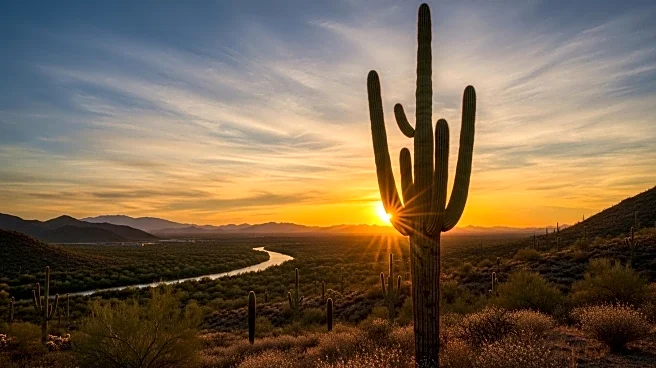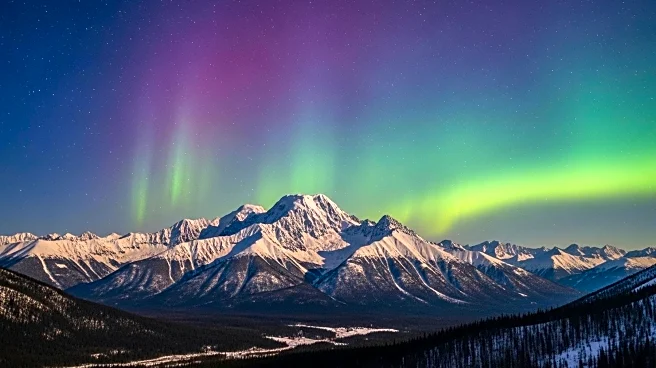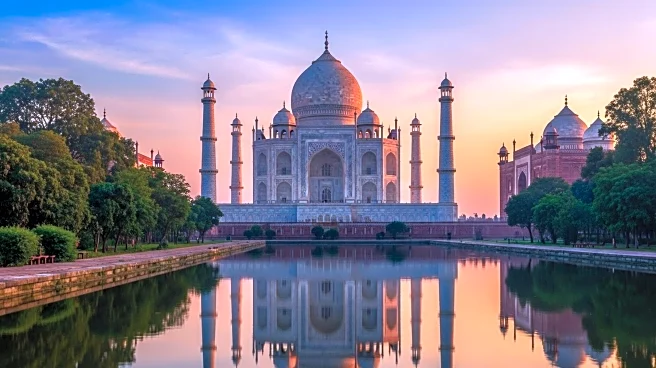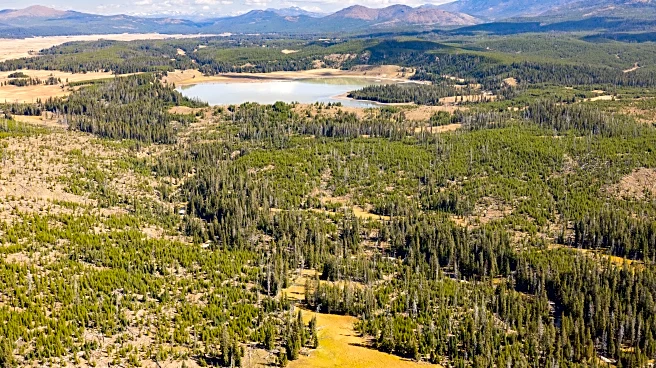Mount Rushmore, located in the Black Hills of South Dakota, has a significant footprint both geographically and culturally. The monumental sculpture features the faces of four U.S. presidents, symbolizing American history and leadership. Its impact extends beyond its physical presence, influencing the local economy and cultural narratives.
Geographic Reach
Mount Rushmore is situated in the Black Hills, a region known for its natural beauty and historical significance. The monument covers 1,278 acres and stands 5,725 feet above sea level, offering stunning views of the surrounding landscape. Its location near Keystone, South Dakota, makes it accessible to visitors from across the country and around the world.
Institutional Presence
The monument is maintained by the National Park Service, ensuring its preservation for future generations. The Lincoln Borglum Visitor Center provides educational exhibits and programs, reinforcing Mount Rushmore's role as a site for historical reflection and learning. The monument's institutional presence is crucial in promoting tourism and economic development in the region.
Economic and Social Footprint
Mount Rushmore's economic footprint is significant, attracting over two million visitors annually and contributing to the local economy. The monument serves as a site for patriotic celebrations and events, fostering social connections and cultural exchange. Its impact on tourism and economic development highlights the importance of preserving national symbols and promoting cultural heritage.
Environmental or Community Impact
The construction of Mount Rushmore involved the modification of natural landscapes, raising questions about environmental preservation and cultural sensitivity. The monument's impact on the Black Hills, a region sacred to Native American tribes, has sparked debates about the balance between commemorating history and respecting cultural heritage. These discussions underscore the complexities of preserving national symbols while honoring diverse narratives.
 Discover Daily • 8 min read
Discover Daily • 8 min read 











